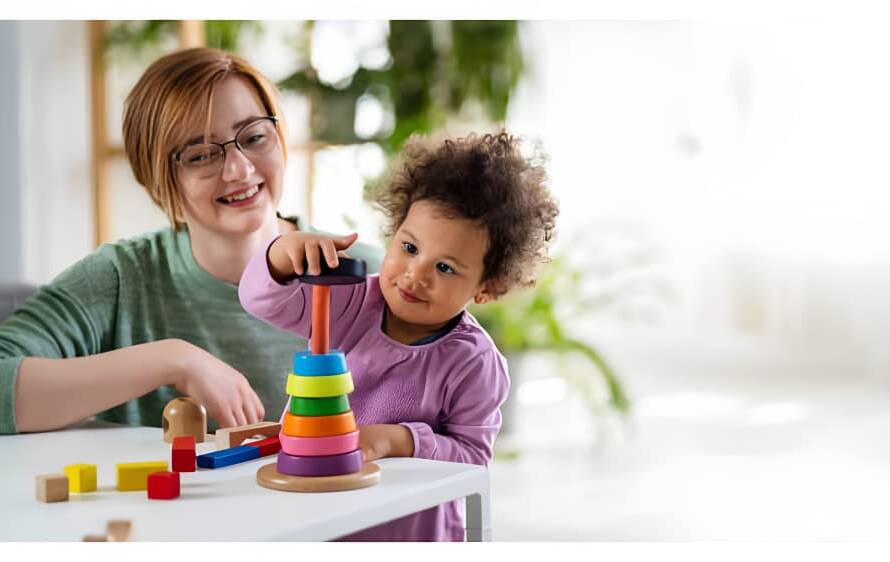Advice from a Community Care Inform guide on applying critical reflection to support effective learning from experience in social work
This article presents a few key pieces of advice from Community Care Inform Children’s guide to critical reflection. The full guide explores what critical reflection entails and outlines three models of critical reflection that practitioners can apply to their practice. The full guide also provides an example critical reflection based on a fictionalised child and family assessment and aims to increase practitioners’ confidence in using critical reflection. Community Care Inform Children subscribers can access the full guide here.
The guide was written by David Wilkins, a reader and programme director for the MA social work programme at Cardiff University.
What is critical reflection?
Critical reflection is a key way that social workers continue to learn and develop throughout their careers. Reflection means reviewing our experiences and thinking about how we could make changes in the future. Critical reflection involves a more in-depth process of thinking about the conditions that shape our actions and how we feel about our actions.
In other words, it means reflecting on our reflections. To help explore how this works, it is worth first considering two key issues: frames of reference and the influence of emotions.
Frames of reference
We all have ‘frames of reference’ that we practise within, and which inform, and constrain, how we think about our practise (and our thinking about our thinking about our practice).
A frame of reference consists of all our internalised “cultural codes, social norms, ideologies and language games” (Mezirow, 1998, page 70). It includes our assumptions and expectations about the social world, about the people we work with and about ourselves.
A key aspect of critical reflection is to identify our own taken-for-granted frames of reference and think about the “sources, nature, and consequences of this received wisdom” (Mezirow, 1998, page 70). By so doing, we can understand, scrutinise and challenge how these beliefs affect our actions.
The influence of emotions
Especially in social work settings, our ability to be critically reflective can be inhibited by our emotional reactions. We all prefer to feel comfortable rather than uncomfortable, and reflecting on difficult and traumatic experiences often means reliving the emotions involved.
Questioning our assumptions and those of others is also liable to trigger an emotional response.
For these reasons, meaningful critical reflection via supervision and/or peer support from colleagues, or through self-guided reflective writing, is vital.
Habits of mind for critical reflection
There are two distinct outcomes from any process of learning. The more obvious is that we increase our knowledge or level of understanding. For example, children learning multiplication will start to remember the answer to questions such as 9 x 8 and 5 x 7.
However, there is a more fundamental component to learning than this – referred to as ‘habits of mind’. This means how you develop as a learner, rather than how you increase your knowledge and understanding of the world.
For example, when children are presented with a difficult mathematical problem, they are not learning the answer to the specific problem. Rather, they are learning habits of mind, such as perseverance, focus and confidence in their ability (Murray, 2016).
The foundational habits of mind for critical reflection include:
- Embracing not-knowing: Certainty is the opposite of critical reflection; if you know already, then you do not need to be curious. Sit with uncertainty and seek out doubt.
- Asking ‘how’ and ‘why’ questions about your beliefs: If – or especially when – we feel certain in our beliefs, critical reflection invites us to ask ‘how’ and ‘why’ questions, for example, ‘how do I know and why do I feel certain?’.
- Avoiding premature problem-solving: The aim of critical reflection is not to solve a specific problem; the aim is to think (and rethink) more broadly about practice. While there is a place for action planning, this happens at the end – or after – the process of critical reflection.
- Being prepared to try new things: Not all critical reflections need to result in changes to practice, as the overall aim is to learn and develop. This means being open to new ideas and ways of doing things, and it means testing existing ways of thinking and doing – and being open-minded enough to accept when they do not work as intended or expected.
- Considering point-of-view primacy: Everyone has a point of view, but some are taken more seriously than others. Critical reflection challenges us to think about whose point of view is being taken seriously and whose point of view is being overlooked, and why this is.
- Imagining alternatives: When reflecting on any experience, it is always possible to say you could have done things differently. Critical reflection involves imagining plausible alternatives, not simply in the sense of asking what you could have done differently, but also probing why and how you could have done things differently, and with what possible consequences.
You will probably have several of these ‘habits of mind’ already, if not all of them. The point is that they can be practised and developed – and that one of the key outcomes of critical reflection is to hone exactly these ways of thinking and learning.
MacLean’s Weather Model
The weather model was developed by Maclean (2016), in collaboration with social work students. It uses a series of weather metaphors to invite and structure reflection. These include:
- Sunshine – What went well about the event or experience? What was successful?
- Rain – What did not go well? What was challenging?
- Lightening – What surprised you?
- Fog – What did you not understand? What are you not feeling sure of?
- Wind – Did anything happen to throw you off course during the event or experience?
- Storm – Was there any conflict during the event or experience? If so, what caused it and how did you respond?
- Thunder – How did other people’s views impact on your practice?
Practice point
The weather model offers a helpful starting point. As a quick exercise, think of a recent experience you had at work – something you found particularly satisfying (perhaps because of a good outcome for someone you were working with). Use the elements of the weather model to reflect on it.
The full guide explores two other models of critical reflection: Driscoll’s ‘so what?’ model and Kolb’s experiential learning cycle and offers guidance on writing critical reflections. The guide also provides an example of an assessment and a critical reflection. If you have a Community Care Inform Children licence, log on to read the full guide.
What to read next
References
Maclean, S (2016)
A new model for social work reflection: whatever the weather
Mezirow, J (1998)
Transformative learning and social action: A response to Inglis
Murray, J (2016)
Skills development, habits of mind, and the spiral curriculum: A dialectical approach to undergraduate general education curriculum mapping

